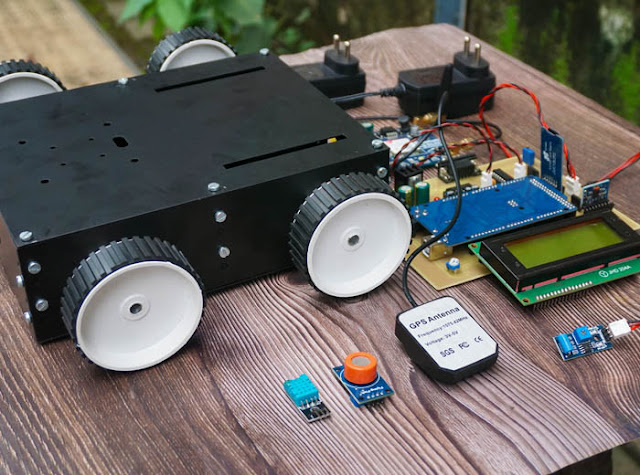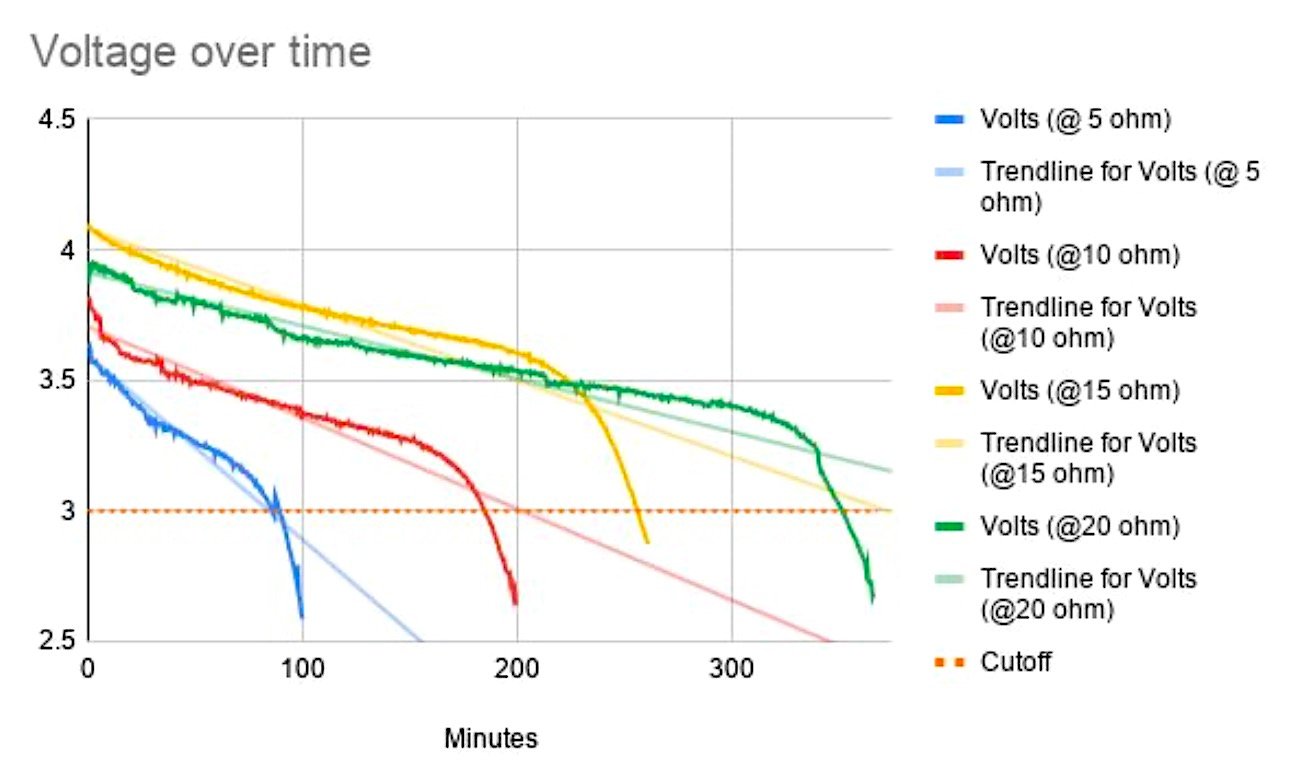Why You Need to Know How to Repair a Circuit Board?
For professional electronics engineers and DIY amateurs, circuit boards (PCB) are something they must face. It is necessary to understand circuits running and
how to repair circuit boards?
However, most of the time we will get more than 1 circuit board, we'll feel free to throw the broken one into the dustbin, why we need to know how to repair circuit boards? Obviously, firstly, money saved, the circuit board is not a one-off product, of which most of the faults can be solved by a simple repair. While for those who are passionate about electronics, the process of "detecting to solving" brings them great psychological satisfaction. What is more important for electronics engineers is to be proficient in repair circuit boards, which will have a significant contribution to the accumulation of experience in their careers. Then, How to Repair Circuit Boards? It is necessary to know that most common faults caused by thermal distress, physical damage or overload high-voltage. For different types of circuit boards, the fault rates vary, putting PCBs in suitable environments is important.
Tools You'll Need
► Sharp knife or flathead screwdriver or fine sandpaper
► Copper foil
► Soldering gun
► Hot air gun
► Scissors
► Pen
► Cotton swab and rubbing alcohol
► Tweezers
► Paper clip
1. Fix PCB to your work surface then remove the damaged parts.
Sometimes, diagnosing a damaged PCB requires an oscilloscope to probe the signal strengths and waveforms at various points to test for continuity of the circuit across the board. Other times, it is just a matter of looking for a burned area that indicates that a failed component or a pad or trace needs to be replaced and rejoined to the existing track on the board. If you find that one of the components on your board is not functioning the way that it should, there is a simple process for removing and replacing it. Grab the hot air gun and turn it on. Hold it no fewer than 6 inches from the failed component, After a few seconds, take a pair of tweezers and attempt to lift the component away. If it does not come, continue to apply heat for a few more seconds and then try again. If a pad has been damaged by heat, it is best to use a sharp knife to carefully remove it. Your priority is to limit the amount of damage that you do to the track and the other nearby features while still freeing the board from any residue.
2. Clean the track and remove solder.
Once you have removed the damaged pad, continue using your sharp knife to remove the existing solder. If you are not comfortable using a knife for this relatively delicate part of the operation, a sharp-pointed screwdriver or sandpaper with a very fine grit will work, too. No matter which tool you prefer, the result should be a fully exposed track, free of existing solder, which looks shiny and clean.
Unlike traditional FR-4, ceramic materials have good high-frequency performance and electrical performance, have high thermal conductivity, chemical stability, excellent thermal stability, and other properties that organic substrates do not have. It is a new ideal packaging material for the generation of large-scale integrated circuits and power electronic modules. 3. Place your copper tape over the track.
After you have removed the damaged track and cleaned off the area, it is time to place your adhesive copper tape over the top of the area that you are working with. Your tape should overlap with the existing track and cover the existing through-hole and a portion of the area surrounding it.
4. Solder the joints.
From here, it is a matter of carefully soldering the joints where the new copper tape joins with the existing track on your restored board. Here are a few tips and warnings about this part of the process:
Copper tape melts quickly at soldering temperatures, so do not begin until you are certain that you can finish this part of the process in one go.
Use as little heat as possible and work deliberately, but quickly, to reduce the amount of heat applied. Through the laser drilling process, the ceramic circuit board has the advantages of high ceramic and metal bonding, no shedding, blistering, etc., to achieve the effect of growing together, high surface flatness, and roughness between 0.1μm and 0.3μm. Laser drilling hole diameter is 0.15mm-0.5mm, or even 0.06mm.
5. Restore the circuit board through-hole.
Find a hard implement with a rounded-off end, like a pen or another simple tool. Press down on the area that you have just soldered and rub firmly to ensure that the copper tape is securely affixed to the entire pad area. The adhesive should still be tacky after you have applied heat to the area.
With this technique, you will be able to identify where the through-hole is, which you can then pierce with a paper clip or another similar implement.
6. Place and solder your component.
If you have followed these steps so far, you should have a PCB that has been restored to functionality and is ready to receive your component of choice.
You will want to keep your application of heat as brief as possible. The new joint that you have formed between the freshly affixed copper tape/pad and the track may be somewhat fragile.
7. Trim excess tape from the repaired area.
Using your scissors or craft knife carefully cut the adhesive copper tape down to size to finish the repair. It’s important to note that the joint that you’ve just repaired may restore your PCB to functionality, but the pad, track, and joint will never be as structurally sound as the original board.
What Else Is Needed Besides the Tools?
Knowing the theoretical knowledge of how to repair circuit boards, a series of basic soft and hard skills are required, including excellent hand-eye coordination, great patience and attention to detail. In the final analysis, the most important thing is practice, repeatedly.
References
Pinsheng Electronics Co., Ltd March 2022
IPC.org






.jpeg)
.jpeg)









